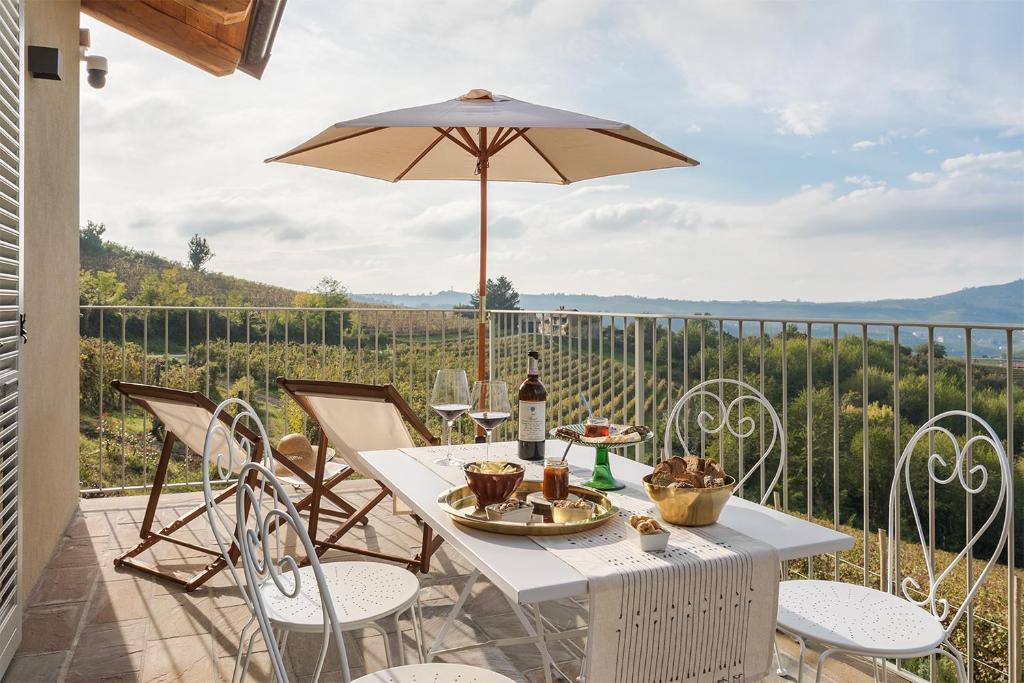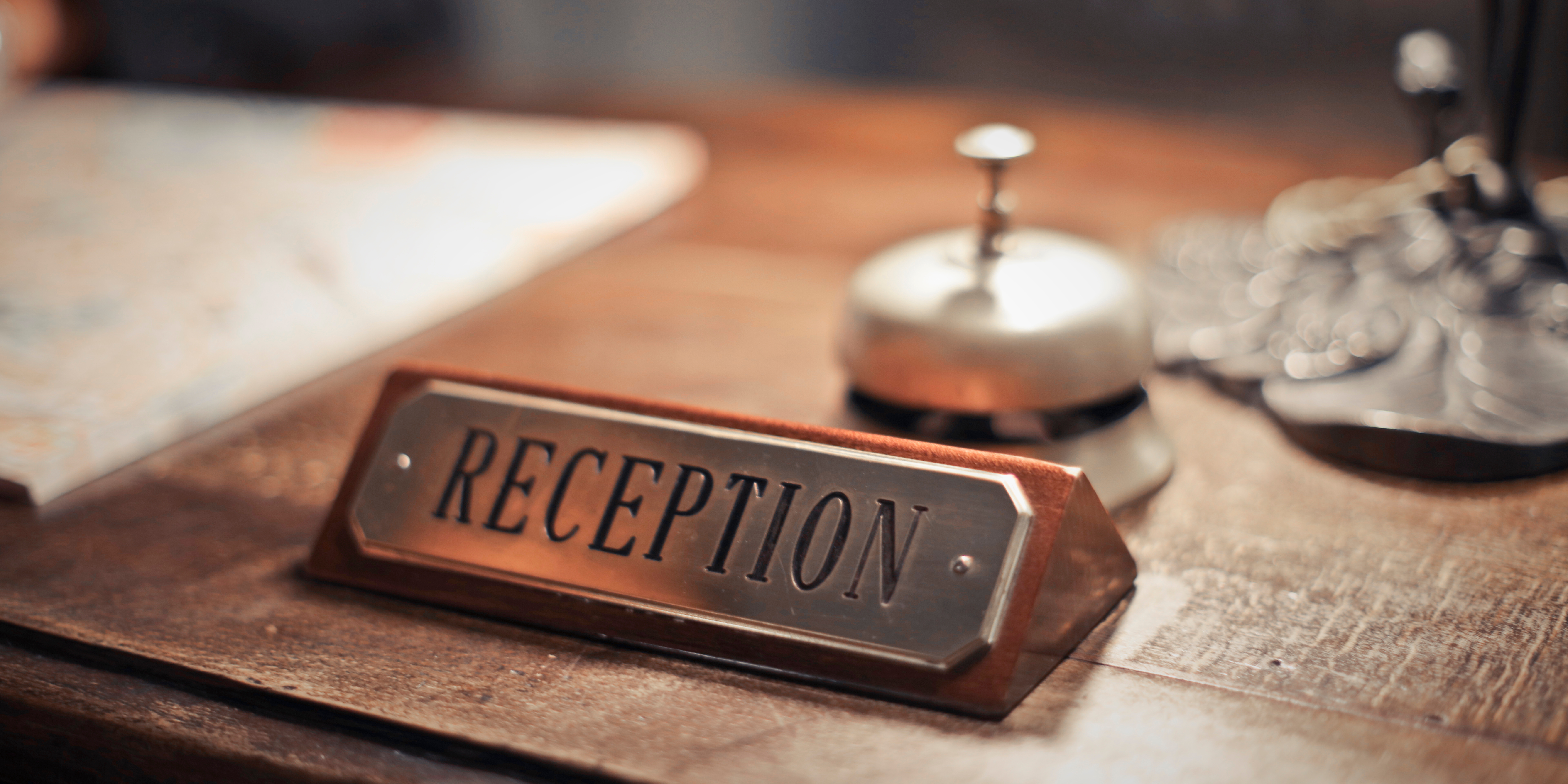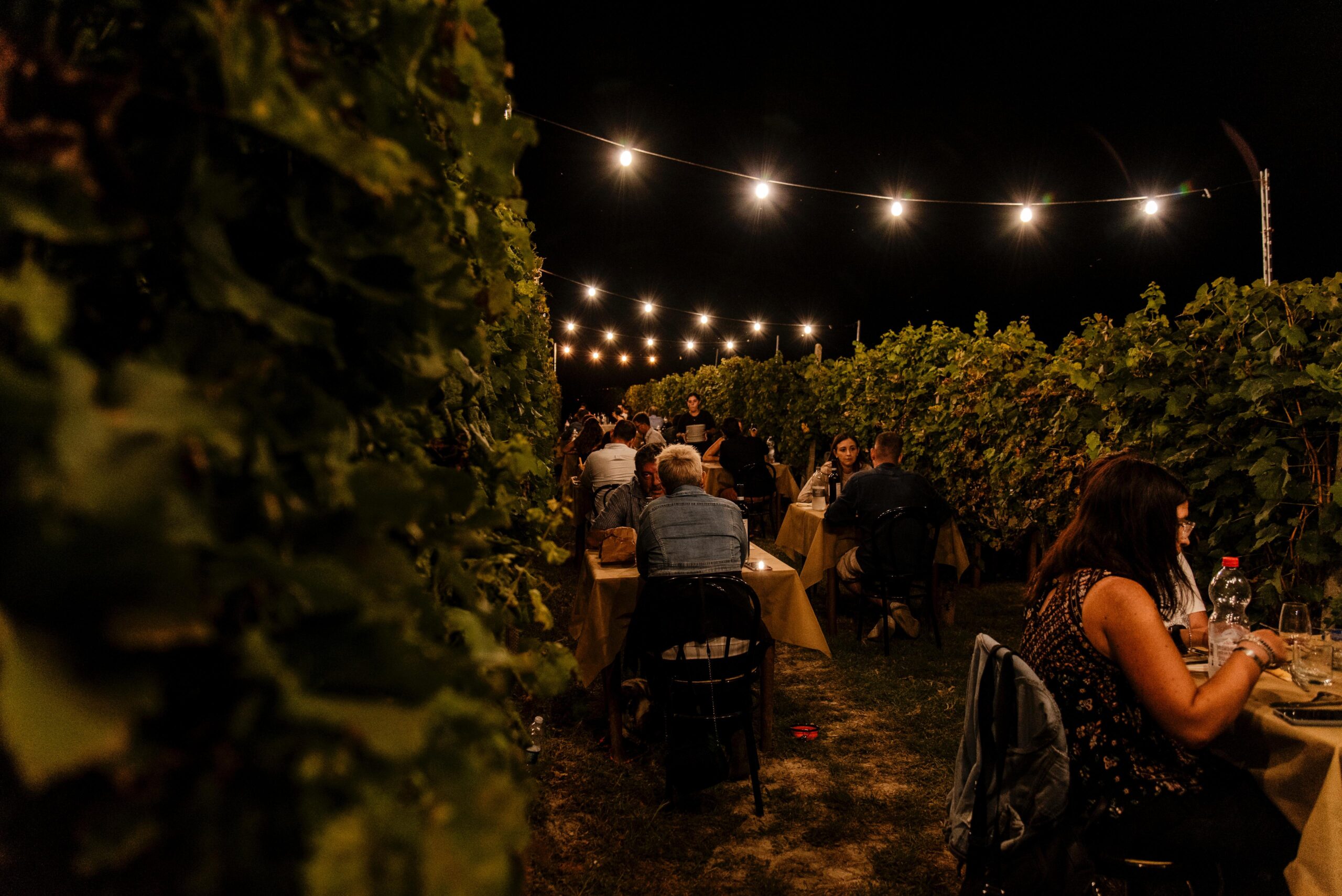Listen up wanderlusters, this one’s for you. Tired of the usual tourist traps and crowds? Looking to uncover the real heart of Langhe, the rolling hills of southern Piedmont? Then you’ve come to the right place. As a born and bred Piemontese, I know Langhe inside out – every hidden corner, family trattoria, and local legend. Forget what you’ve read in the guidebooks, this is the real deal. In this guide, I’m spilling all my secrets so you can experience Langhe like a true local. From Barolo’s medieval castles to Alba’s white truffle fair, get ready for a taste of la dolce vita in one of Italy’s most enchanting regions. By the time we’re through, you’ll be dreaming of Langhe’s foggy mornings, long lazy lunches, and golden sunsets. Allora, are you ready for the adventure of a lifetime? Then ciao bella, let’s go! The hills are calling.
An Introduction to the Langhe Region of Piedmont
The Langhe region in southern Piedmont is a gastronomic paradise just waiting to be discovered. Nestled between the Alps and the Mediterranean, these rolling hills are home to world-class wines, truffles, cheese and more. ###An Introduction to the Langhe Region of Piedmont
As a local, I’m here to share some of the Langhe’s best-kept secrets with you. First, you have to explore the medieval towns like Alba, Bra and Barolo, with cobblestone streets, historic churches and castles at every turn. Each town has its own charm and claim to fame, whether it’s Alba’s white truffle fair or Barolo’s renowned red wine.
A trip to the Langhe isn’t complete without sampling the sublime local cuisine. From tajarin pasta to bagna cauda, hazelnut cake to gianduiotto chocolates, your taste buds will be delighted. And of course, you must try the cheeses like Castelmagno, Murazzano and Toma, along with a glass of Barbaresco or Barolo wine.
The rolling hills are also home to many family-run wineries where you can tour the vineyards and cellars before sitting down to a meal with the winemakers themselves. It’s a side of Piedmont the average tourist never gets to see.
Whether you wander the vineyards, explore medieval castles or simply eat your way through the Langhe, you’ll uncover a region rich in culture, natural beauty and rustic charm. The Langhe awaits – all you have to do is take that first step off the beaten path. Buon viaggio!
Top 5 Towns to Explore in Langhe
Once you’ve explored the rolling hills and vineyards, head into the charming towns of Langhe for a taste of the local lifestyle. Here are the top 5 towns not to miss:
Barolo
This picturesque town is the heart of Barolo wine production. Walk the cobblestone streets, visit the castle, and of course sample the bold red wines made from Nebbiolo grapes. For lunch, try ravioli di coniglio, rabbit ravioli, at Osteria Veglio – you won’t regret it!
Alba
The capital of Langhe is a UNESCO World Heritage site known for white truffles and Ferrero chocolates. Shop at the Saturday morning market, then stroll through the historic city center. For dinner, you can’t go wrong with tajarin pasta with truffles at La Piola.
La Morra
Perched on a hilltop with panoramic views of the Barolo vineyards, La Morra is postcard perfect. Pop into one of the many wine shops to sample Barolo and Barbaresco, then grab an aperitivo at Enoteca Regionale to watch the sunset.
Monforte d’Alba
A maze of cobblestone streets, castles and cantinas. Head to local favorite Da Felicin for homemade pasta, roast meats and an affordable Barolo. Or for a splurge, dine at two-Michelin star Piazza Duomo.
Neive
One of the most picturesque of Langhe’s wine towns with a fairytale castle. Sample the aromatic white wines made from Moscato grapes. For rustic regional fare, try Osteria dell’Unione or Locanda nel Borgo. A perfect ending to your Langhe adventure!
Langhe’s Famous Wines – More Than Just Barolo and Barbaresco
The Langhe hills are best known for the Nebbiolo-based wines Barolo and Barbaresco, but the region produces many other notable wines as well. As a local, I’d like to share some of the hidden gems in Langhe’s wine scene.
Dolcetto
Dolcetto is a fruity, easy-drinking red wine made from the Dolcetto grape. Grown throughout Langhe, Dolcetto is ideal for casual meals and summer drinking. Look for the Dolcetto d’Alba or Dogliani DOCG labels.
Barbera
Barbera is a versatile, food-friendly wine with aromas of cherry and spice. Barbera d’Alba, Barbera d’Asti, and Barbera del Monferrato are the most well-known DOCGs. Barbera’s bright acidity pairs perfectly with tomato-based pasta dishes and hard cheeses.
Nebbiolo Beyond Barolo/Barbaresco
While Barolo and Barbaresco may get the glory, Nebbiolo also appears in lighter styles. Try Nebbiolo d’Alba, which offers rose and cherry notes at a lower price point. Roero DOCG produces an earthy, aromatic Nebbiolo. These lighter Nebbiolos are great introductory wines to the grape.
Moscato d’Asti
For dessert, Moscato d’Asti DOCG is a sweet, fizzy wine made from Muscat grapes. Aromatic and peach-scented, Moscato d’Asti is delicious on its own or paired with pastries. Look for wines from producers like Ca’ d’Gal, Saracco, and Paolo Saracco.
Other White Wines
Beyond reds, Langhe produces Sauvignon Blanc, Chardonnay, Arneis, and Pinot Grigio. Arneis is a particularly interesting white, with aromas of pear and almond. Vietti, Malvira, and Ceretto make excellent Arneis.
Langhe’s wine scene has much more depth than Barolo and Barbaresco alone. Venture off the beaten path to discover the region’s diversity of grapes, styles, and terroir. The rewards of exploring Langhe’s hidden wine gems are well worth it. Let me know if you have any other questions!
Authentic Local Cuisine You Must Try in Langhe
To truly experience the Langhe region, you must dive into the local cuisine. Some dishes you simply can’t miss:
Tajarin pasta
These long, thin noodles are handmade and served simply with sage, butter, and Parmesan cheese. Comforting yet decadent, tajarin is a Langhe staple you’ll find on most menus.
Bagna Cauda
A warm dip made of garlic, anchovies, olive oil, and butter. Traditionally, people gather around the bagna cauda for an evening of socializing while dipping raw vegetables, bread, and meats into the flavorful sauce. An authentic way to eat like a local!
Hazelnut Torta
The Langhe region produces some of the world’s finest hazelnuts. You’ll find them in many desserts, but torta di nocciole—a rich hazelnut cake—is a must-try. Layers of hazelnut cake, chocolate, and hazelnut cream make this a decadent treat.
Barolo and Barbaresco wines
No trip to Langhe is complete without tasting the bold, complex red wines made from Nebbiolo grapes. Barolo and Barbaresco are the kings, with flavors of cherry, truffle, and rose petals. Visit local wineries to sample current vintages as well as rare, aged bottles.
Roero Arneis white wine
If red wine isn’t your thing, try Roero Arneis. This crisp, floral white wine is also made locally from Arneis grapes. It pairs perfectly with tajarin pasta, bagna cauda, and hazelnut torta.
Langhe’s cuisine reflects the region’s natural bounty and cultural heritage. By dining on authentic dishes and artisanal wines in a local osteria, you’ll gain insight into what makes this part of Piedmont so enchanting. Buon appetito!
Hidden Gems and Off-the-Beaten Path Experiences in Langhe
As a local, there are a few hidden gems in Langhe I love to share with visitors looking to get off the beaten path.
Castello di Grinzane Cavour
About a 15 minute drive from Alba sits the imposing Castello di Grinzane Cavour, a medieval castle complex that was once home to Count Camillo Benso of Cavour, one of the founders of unified Italy. The castle houses the Enoteca Regionale Piemontese Cavour, one of the best wine shops in Piedmont with over 1,500 labels from the region. They frequently hold wine tastings, dinners, and events. It’s open daily for tours and tasting.
Santa Maria di Vezzolano Abbey
Nestled in the hills between Asti and Alba is the perfectly preserved 12th-century Romanesque abbey of Santa Maria di Vezzolano. It’s a UNESCO World Heritage site and considered a masterpiece of Piedmontese Romanesque architecture with its octagonal bell tower and interior frescoes. The abbey is only open on weekends but is well worth the trip. There is no admission fee, but donations are welcome.
Treiso Hamlet
For stunning views of the Langhe countryside, head to the tiny hilltop hamlet of Treiso, located between Barbaresco and Neive. Park your car and wander the narrow cobblestone streets, stopping for a glass of Barbaresco at one of the cantinas along the way. As the sun sets, the panorama over the Tanaro valley and the Langhe hills is breathtaking. Treiso has a population of only about 250 people, so you may feel like you have this hidden gem all to yourself.
Langhe has so much more to offer beyond the famous truffle festival and wine roads. Venturing into the countryside, you’ll discover a land of rolling hills, medieval castles, Romanesque abbeys and cozy hamlets seemingly frozen in time. As a local, these hidden gems are what I love most about Langhe. I hope you’ll take the road less traveled and uncover these secret delights for yourself.
Conclusion
So there you have it, a taste of the Langhe through the eyes of a local. Now you know about some of the region’s hidden treasures waiting to be discovered. From the rolling hills of Barolo to the medieval streets of Alba, you’ll find a slice of la dolce vita around every corner. Treat your taste buds to world-class wines and truffles, unwind at an agriturismo, and soak in the rustic scenery that inspired a generation of artists. The Langhe may still be off the radar for most tourists, but for those in the know, its charm is unparalleled. Come discover what the locals have always known – this little patch of Piedmont paradise is well worth uncovering. Buon viaggio!




